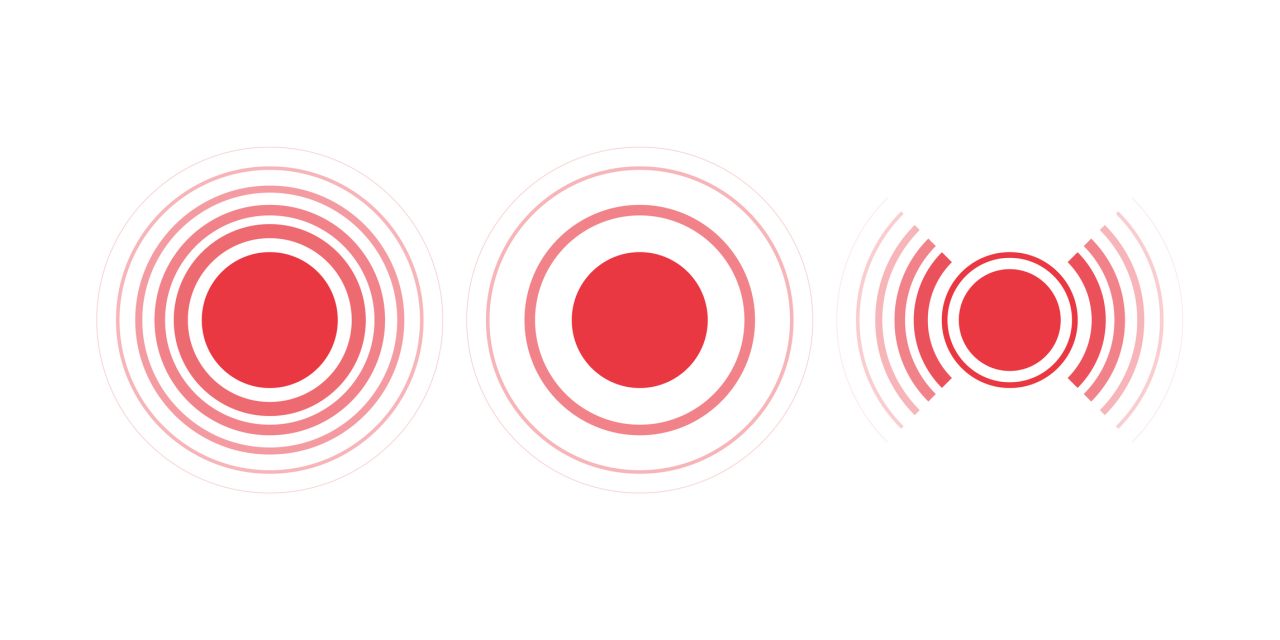Hidradenitis suppurativa (HS) is a chronic, inflammatory, recurrent disorder of the pilosebaceous unit. Currently, several attempts have been made to classify this disease according to its pathogenesis and clinical manifestations. We attempted at classifying 103 patients using two-step cluster analysis.
The final model included body mass index, C-reactive protein (CRP), and serum concentrations of IL-1, IL-6, IL-17, and IL-10 as continuous variables, and sex, later/early onset, anterior/posterior lesion sites, presence/absence of sinus tracts, nodules and abscesses, positive/negative history of pilonidal sinus, and presence/absence of mutations in gamma-secretase subunits (APH1A, APH1B, MEFV, NCSTN, PSEN1, PSEN2, PSENEN, PSTPIP1) as qualitative variables.
The resultant model defined two groupings or clusters: cluster 1 (64.9% of patients) characterized by nonobese males, with nodular lesions in posterior sites, early-onset HS, higher IL-10, presence of gamma-secretase mutations, and history of pilonidal sinus; and cluster 2 (35.1% of patients) characterized by obese females or males, with lesions in anterior sites, more presence of sinus tracts and abscesses and less nodules, later-onset HS, and higher concentrations of IL-1, CRP, IL-17, and IL-6. Severity measures (Hurley, HS-PGA, and IHS4) and tobacco use were discarded because the analysis found them to be less relevant for clustering.
Our resultant model confirms the clinical impression that HS is a disease spectrum with two pathogenic poles defining two clusters or endotypes. The probability of having severe disease was equally distributed in the two clusters. The variable with the highest predictive value for clustering was involvement of typical anterior sites (axillae, submammary) or atypical posterior sites (back, gluteal). Serum concentrations of interleukins, tobacco use, and sex had a lower predictive power for clustering.
© 2020 S. Karger AG, Basel.
Hidradenitis Suppurativa: Proposal of Classification in Two Endotypes with Two-Step Cluster Analysis.


